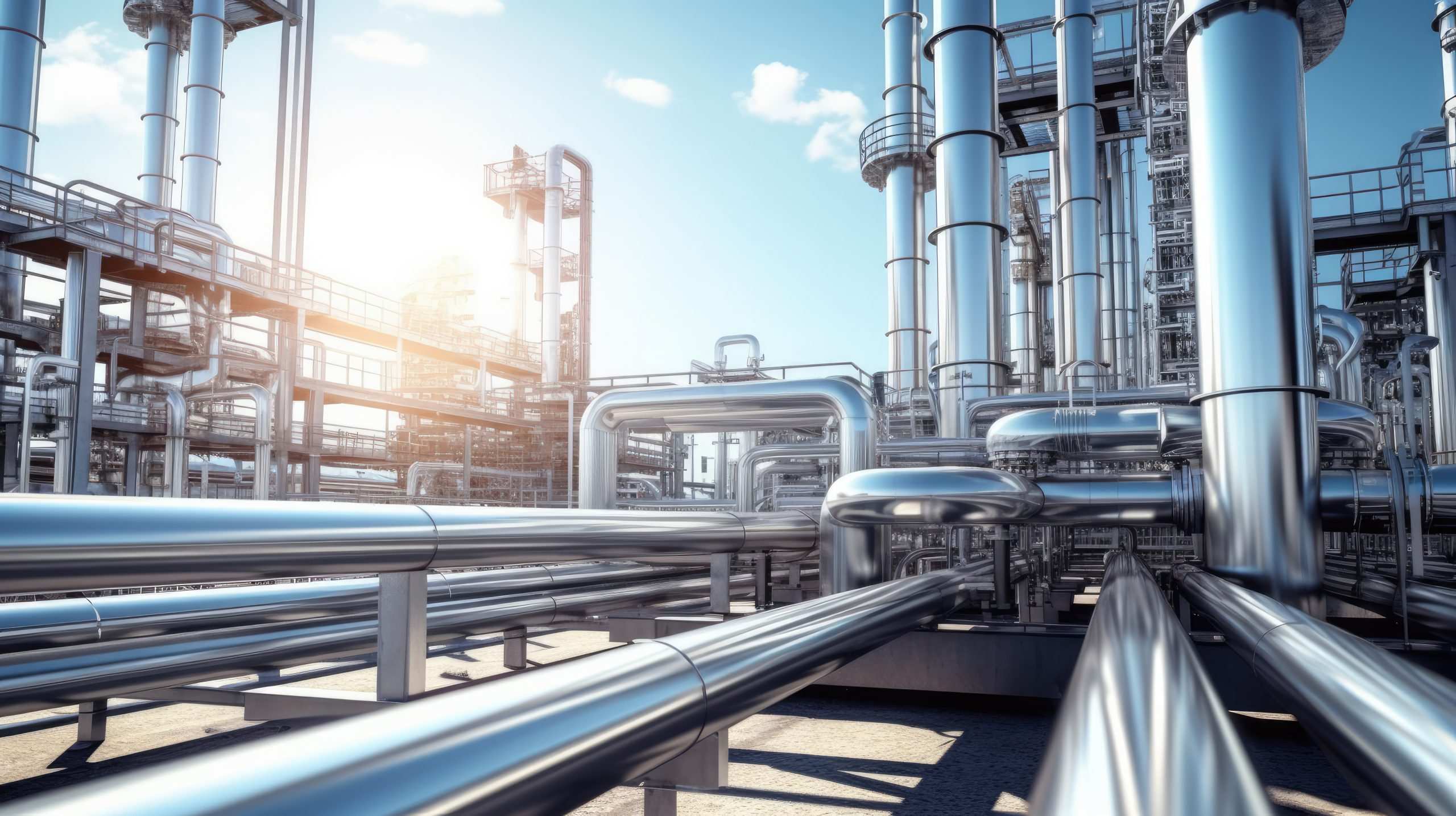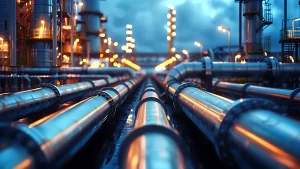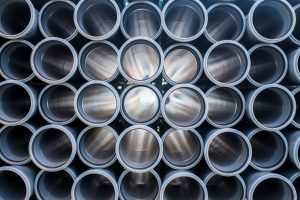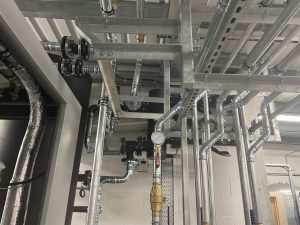In the world of commercial construction and infrastructure, the pipes you choose can make or break your project. The material used for your pipework not only affects performance but can also have long-term implications in terms of maintenance, durability, and cost. This article provides a comprehensive guide to the different materials commonly used for commercial pipework and helps you make an informed decision tailored to your project’s specific needs.
Common Materials Used in Commercial Pipework
Steel Pipes
Advantages:
- Durability: Steel pipes are known for their strength and ability to withstand high pressure, making them a go-to for industrial applications.
- Temperature Resilience: These pipes work well under high-temperature conditions.
Disadvantages:
- Corrosion: Steel can rust if it’s not maintained properly or if it doesn’t have an appropriate coating.
- Weight: Steel pipes are generally heavier, requiring more robust support structures.
Copper Pipes
Advantages:
- Corrosion Resistance: Copper has a natural resistance to rust, making it a durable choice.
- Heat Conductivity: Excellent for hot water supply lines due to its heat-conductive properties.
Disadvantages:
- Cost: Copper is generally more expensive, which could be a significant factor depending on the scale of your project.
- Chemical Sensitivity: Not suitable for transporting certain types of fluids that may react with copper.
PVC Pipes
Advantages:
- Lightweight: Easier to handle and install due to its lighter weight.
- Corrosion Resistant: Ideal for water and sewer lines as it does not corrode easily.
Disadvantages:
- Temperature Sensitivity: Not ideal for high-temperature fluids.
- Durability: Although sturdy, PVC is not as durable as metal options.
PEX Pipes
Advantages:
- Flexibility: Easier to install, especially in tight spaces and corners, due to its flexible nature.
- Corrosion Resistance: Like PVC, PEX is resistant to corrosion and does not suffer from pinhole leaks.
Disadvantages:
- Temperature Limitations: Not suitable for very high-temperature applications.
- Cost: Often more expensive than other plastic options like PVC.
Factors to Consider When Choosing Materials
Project Requirements
The first point of consideration should always be the specific needs of your project. If you’re dealing with high-temperature fluids or need a system that can withstand high pressure, metals like steel and copper are more appropriate.
Budget Constraints
While it’s tempting to go for the best material available, financial constraints often make that impractical. You’ll need to balance the benefits of a higher-end material like copper against its cost, especially if you’re working on a large-scale project.
Long-Term Maintenance
Another critical factor is the long-term maintenance requirements of the material you choose. Steel, although durable, can corrode over time, necessitating additional expenses for coatings or potentially early replacement.
Environmental Considerations
Lastly, consider the environmental impact of your material choice. Some materials, such as PVC, have a larger carbon footprint during production. If sustainability is a concern, materials like PEX might be a better option.
Additional Tips
Don’t forget to consult with experts, such as engineers and architects, when selecting your pipework material. They can provide additional insights into material behaviours under specific conditions that might not be immediately apparent.
Conclusion
Choosing the right material for your commercial pipework project is a decision that has long-lasting implications. The material you select affects not just the initial setup but also long-term maintenance, durability, and even the environmental footprint of your project. Given these various considerations — project requirements, budget, maintenance, and environmental impact — choosing wisely could save you both time and money in the long run. Make your choice based on a thorough understanding of the advantages and disadvantages of each material to ensure that your commercial project stands the test of time.








